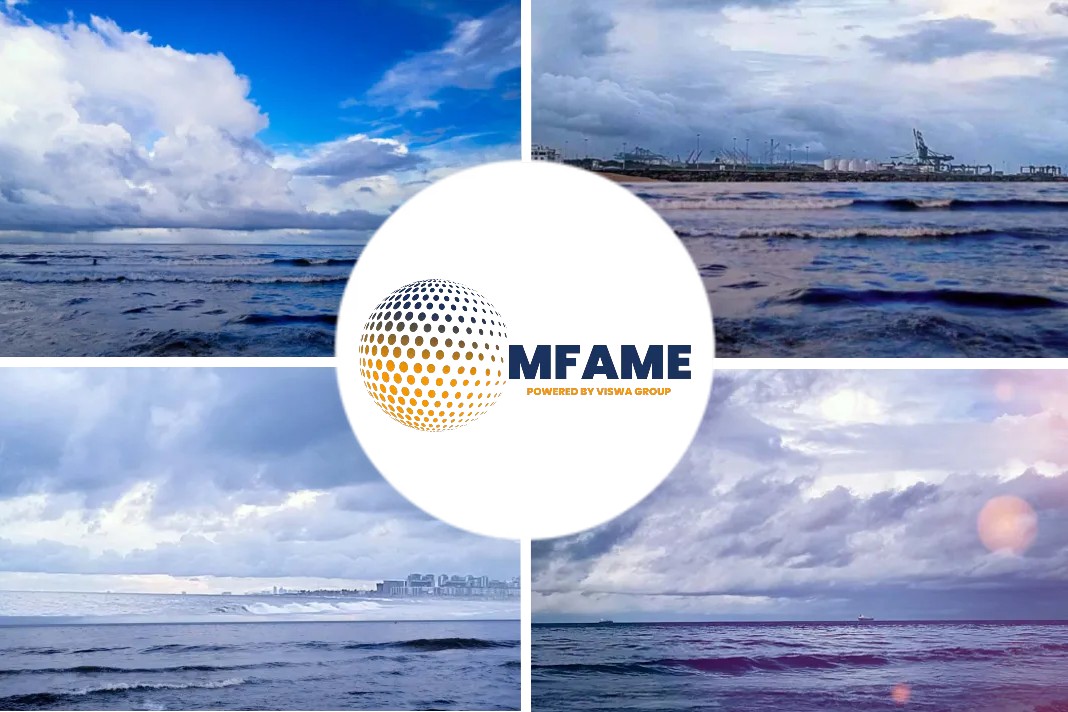This week, the editors and analysts examined the signs of easing supply chain issues, gas-to-oil switching volumes, India’s appetite for Russian oil, and sentiments shaping the European propylene market, reports SP Global.
1. Easing container rates mirror lessening supply chain problems
What’s happening?
Several indicators suggest that supply chain constraints are easing. There has been a notable decline in container shipping rates, based on S&P Global Commodity Insights assessments. Rates have fallen about 13% to about $4,100/FEU from early-September 2021 peaks, but are still well above the $1,000/FEU level in January 2020. The New York Federal Reserve’s just-released August Global Supply Chain Pressure Index, meanwhile, continues to show a loosening of supply chain pressures, although the index remains above its historical norm. The index is a compilation by the Fed of a host of supply chain metrics, including the S&P Global purchasing manager indices.
What’s next?
Container rates could continue to ease if the global economy continues to soften. However, fuel costs are a component of freight rates and bunker fuel prices remain elevated, particularly for marine diesel. The PMIs are another signpost to watch as they indicate economic momentum. There are structural shifts that have been exposed by the pandemic and Russia’s invasion into Ukraine. Such shifts are likely to keep indicators such as container shipping rates and the GSCPI above their pre-pandemic norms.
2. Fuel switching in focus as gas and LNG prices rise
What’s happening?
Global oil demand from gas-to-oil switching could jump by more than 80% over the next six months after soaring prices for natural gas and LNG push more power producers, refiners and industrial users to burn fuel oil and other liquid fuels, according to estimates by Platts Analytics. Refiners, power producers and major industries will account for 633,000 b/d incremental liquids demand in the first quarter of 2023, compared to around 350,000 b/d of incremental demand in Q3 2022, Platts Analytics estimates.
What’s next?
The global oil market is closely watching potential volumes of fuel switching as Russia’s indefinite suspension of gas flows to Europe via the Nord Stream pipeline continues to hold regional gas and LNG price in Europe and Asia around recent historical highs. On a Btu equivalent basis, benchmark Europe gas and Asian LNG prices currently stand five to six times higher than high sulfur fuel oil values, incentivizing widespread gas-to-oil switching at sites capable of using alternative fuel. More fuel switching to oil will help mitigate concerns over a global oil demand crunch if recession fears play out.
3. Indian refiners expected to gobble up additional Russian crude
What’s happening?
Russia is looking to resume oil output at the Sakhalin 1 project by end-2022. Project operator Exxon Neftegas declared force majeure at the project in late April, citing concerns about contractual obligations and operational standards. Oil production at Sakhalin 1 averaged 181,571 b/d in 2021, according to data released by the Russian energy ministry in early 2022.
What next?
Once rare, shipments of Far East Russian crude to India have become a common feature in the market, given that South Korean and Japanese refiners continue to abstain from buying Russian crude. Asian sweet crude traders are expecting Indian refiners to snap up most of the medium sweet Sokol crude produced from the Sakhalin 1 project once cargoes for loading in Q4 become available. Among the most recent trade deals, a September-loading Sokol crude cargo is set to be shipped to India, with state-owned Bharat Petroleum Corp. Ltd. heard to have fixed a vessel to lift 700,000 barrels for its Mumbai refinery.
4. Spot propylene plunges as downstream demand sinks
What’s happening?
European propylene spot prices have plunged in recent months in the face of weak interest and minimized contractual offtake. Amid length throughout the value chain, derivative market interest in the feedstock has been weak with trends exacerbated by seasonally muted market activity and the macroeconomic downturn. Pricing is currently playing a limited role in market fundamentals, with spot discounts heard as steep as 75% on the monthly contract price failing to stimulate buyer interest.
What’s next?
The market outlook remains pessimistic, with general sentiment suggesting that decreases in contract pricing will be ineffective in returning competitiveness to the market. Bullish natural gas pricing will keep pricing resilient in downstream derivative markets, particularly those with energy intensive production like oxo-alcohols and acrylonitrile, thus continuing to limit downstream buyer interest. The global oversupply of material looks set to exacerbate recent market length into the near future.
Did you subscribe to our daily Newsletter?
It’s Free! Click here to Subscribe
Source: SP Global






















